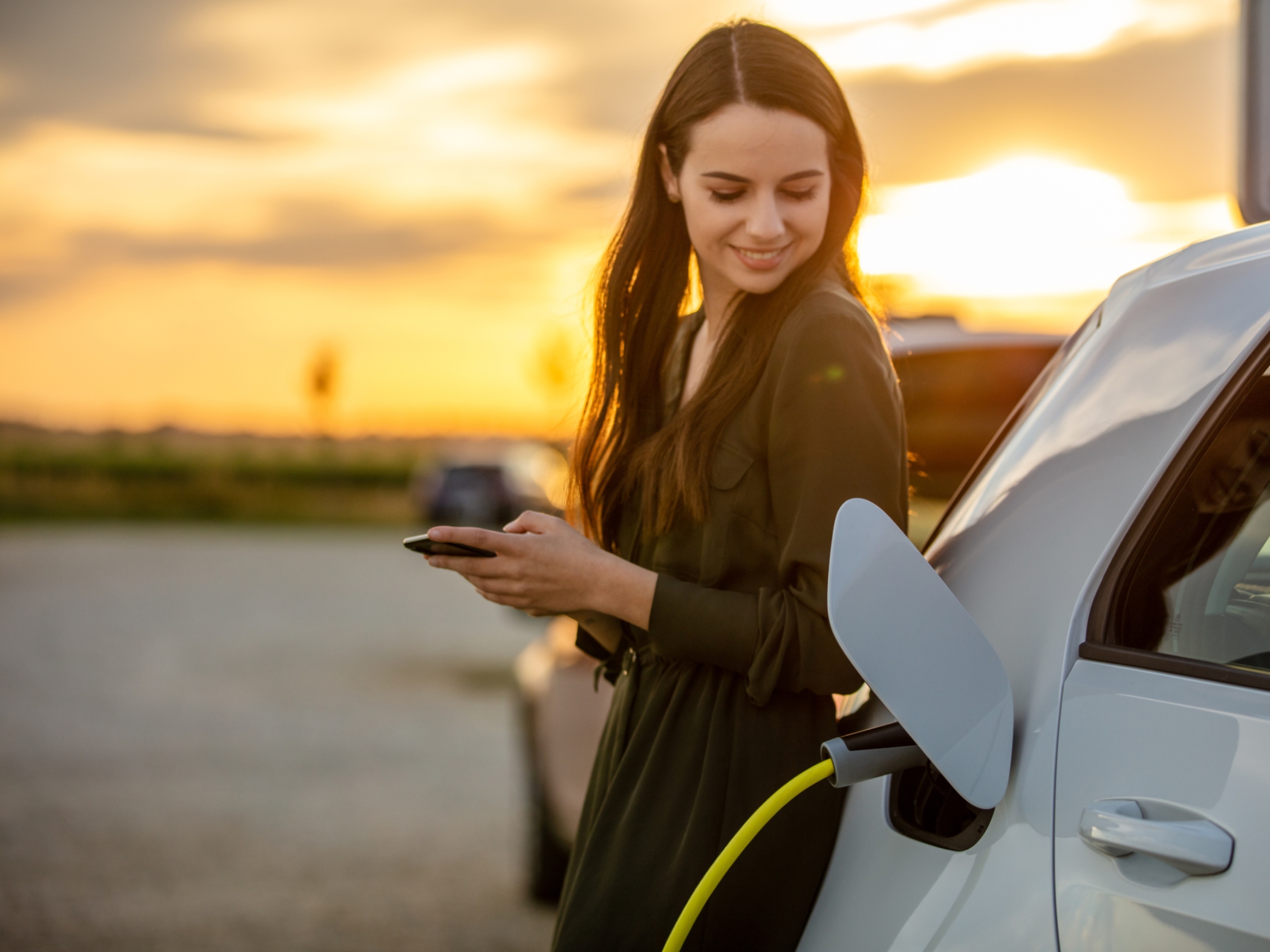Busted! 5 Myths About Electric Vehicles

Electric vehicles (EVs) are hitting the highway like never before, with monthly sales in 2021 hitting record numbers, according to data from the Argonne National Laboratory. Despite this, there are still plenty of misconceptions about EVs that may be creating a roadblock to greater adoption. Here we set the record straight by clearing up some of these common myths.
1. EVs are too expensive
It's true that the upfront cost of an electric vehicle is higher than a comparable gasoline-fueled car. EVs are expensive. But the price difference quickly disappears when you consider how much less it costs to operate an EV. The average American driver who spends $1,350 to fill up at gasoline stations each year would spend just $350 in electricity to charge an EV1. Plus, EVs never need an oil change.
2. EVs aren't really greener
A common misconception is that EVs don't really reduce greenhouse gas emissions, they just replace gasoline engine pollution with emissions from electric power plants. In fact, EVs reduce overall greenhouse gas emissions by at least 20% when supplied by electricity from coal-fired power plants2. In reality, nearly 20% (and growing) of the electricity in the U.S. comes from clean renewable sources like wind and solar, according to the U.S. Department of Energy (DOE).
3. Charging EVs puts a strain on the grid
Charging an EV at home uses about the same amount of power (3.3 kW to 6.6 kW3) as an electric water heater (4.5 kW4). Taking a hot shower or charging your EV early in the morning or at night is hardly going to strain the grid! In fact, EVs can help the grid become more efficient. For example, charging your car overnight helps balance power demands, offsetting midday peaks. In areas with lots of solar generation, meanwhile, EV batteries are a great place to store the excess power generated on sunny days.
4. EVs don't have a long enough range
The fear that a battery won't get you where you need to go is the biggest misconception surrounding EVs. In fact, most new EVs can travel more than 150 miles on a single charge, according to the DOE. That's far more than the average American drives each day. Plus, plug-in hybrid-electrics (PHEV) provide many of the benefits of battery electric vehicles, but with a gas-engine backup that will keep you driving for many more miles between charging stations.
5. Charging stations are hard to find
There are more than 43,000 public charging stations in the U.S., according to the DOE's Alternative Fuels Data Center, and several smartphone apps available to point you to the nearest one. It is true that charging stations tend to be concentrated in cities; in many areas it's much easier to find a gas station than an EV charging station. However, this is changing with the creation of the Electric Highway Coalition. SWEPCO’s parent company AEP, along with 13 other utility companies, has committed to create a network of DC fast charging stations connecting major highway systems to enable long distance EV travel. It's also true that by installing a charging station at home, most drivers would never need to visit a public charging station.
So, now you know the truth. Consider an EV the next time you decide to upgrade your home fleet.
1 Spending calculations based on an average of 14,000 miles driven per year, average gasoline vehicle efficiency of 24.9 mpg and electric vehicle efficiency of 4 miles/kWh.
2 Gasoline vehicles produce 430 grams of carbon dioxide per mile. Powering electric vehicles results in worst case source emissions of 359 grams per mile. Calculations based on U.S. Environmental Protection Agency emissions data.
3 Green Energy Consumers Alliance. The Energy Consumers Bulletin. June 24, 2019 https://blog.greenenergyconsumers.org/blog/ev-charging-101
4 Bradford White Corporation. Heating Elements Model(s) Affected: All Residential & Commercial Electric Units. https://www.bradfordwhite.com/forthepro-bulletins/heating-elements/
Return to newsletter